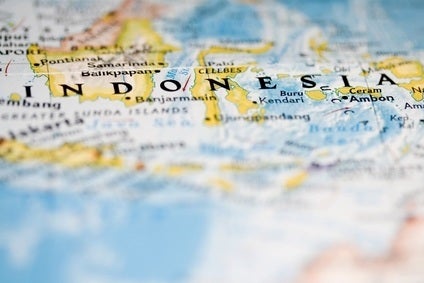
Indonesia is an ASEAN market with plenty of growth potential. However, Tony Pugliese notes that it has hit some bumps in the road as fuel prices have soared.
Indonesia’s new government, less than a month after being sworn in to office, has taken a major step in reducing the country’s dependence on fuel subsidies.

Discover B2B Marketing That Performs
Combine business intelligence and editorial excellence to reach engaged professionals across 36 leading media platforms.
On November 17th the country’s new President Joko Widodo announced a 31% hike in the price of Premium petrol sold across the retail network of state oil company Pertamina, from IDR6,500 to IDR8,500 (US$0.53 to US$0.70). The Solar diesel price was increased by 36%, from IDR5,500 to IDR7,500.
The government also pledged to eliminate fuel subsidies altogether within three years, allowing fuel retail prices to float in line with international prices.
The subsidy cuts are expected to free up some US$8bn in state funds next year, which the government is expected to invest in other, perhaps more deserving areas of the economy. Topping the list of priorities are infrastructure development, healthcare and social security programmes, in place of private transportation subsidies.
Fuel subsidies in Indonesia are a legacy of President Suharto’s era, when the country’s oil output was more than enough to fuel the limited number of vehicles in use. The market then was mostly made up of utility and commercial vehicles, with a small percentage of passenger cars owned by the privileged few.
Since the end of the Suharto era in 1998, Indonesia’s vehicle population is estimated to have expanded more than threefold to close to ten million vehicles, excluding motorcycles and three-wheelers. In the same period, international oil prices have increased from US$15-20/barrel to over US$100 earlier this year. Last year, the cost of subsidising fuel had reached a staggering US$23bn.
Inevitably, the fuel price hike will add further pressure on an already slowing domestic economy and ultimately on the local vehicle market – for a year at least. Annual GDP growth slowed to 5% in the third quarter of 2014, from close to 6% over a year earlier – before the previous hike in fuel prices in June 2013.
Last year Bank Indonesia increased its benchmark interest rate from 5.75% to 7.5% in the months following the fuel price hike to contain inflation, which peaked at around 9%. This came at a time when the economy had significant momentum.
The vehicle market also has been supported by the launch of several cheap small cars under the government’s low-cost green car (LCGC) programme. Total vehicle sales in the first ten months of 2014 increased by 1.7% to 1,037,227 units.
Sales of LCGCs, which began in the third quarter of 2013, have increased by over 600% to 144,624 units so far this year, but sales of other light passenger vehicles declined by almost 13% to 618,906 units and commercial vehicle by close to 6% at 274,768 units in the same period
The vehicle market is expected to weaken further in the coming quarters, as household and corporate budgets come under increasing pressure.
Astra International, the country’s largest vehicle distributor, expects the market to be flat next year at 1.25m units, while Fitch Ratings expects the market to decline as long as interest rates remain at current high levels.
The rupiah has declined by 25% against the US dollar since last year’s fuel price increases and shows little sign of recovering lost ground. If Bank of Indonesia is forced to hike interest rates further, the effects on the local vehicle market could be more severe.
Increased government spending will take time to implement and is unlikely to have a significant effect on the economy until half-way through 2015 at the earliest.






